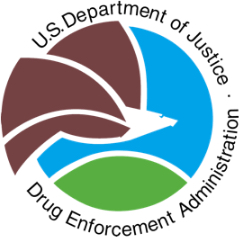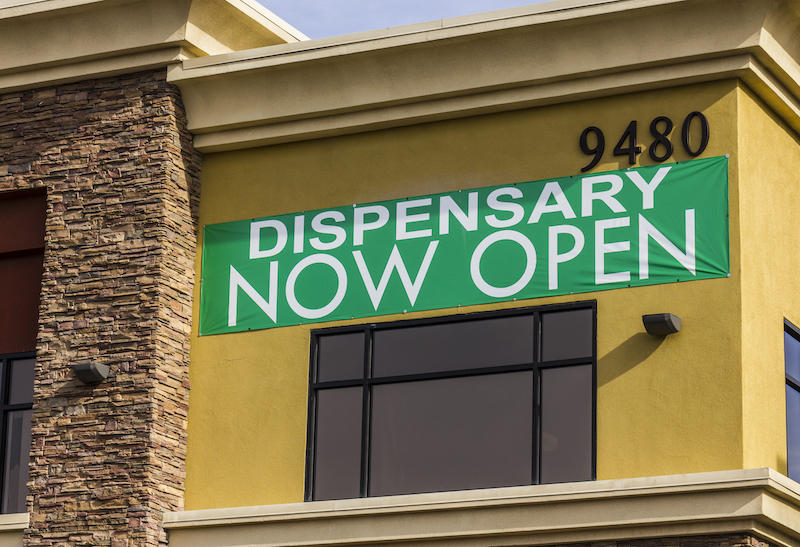Plus: New research suggests psilocybin can counter opioid addiction, and a study on SUD treatment for Baby Boomers
By William Wagner
Call it a crisis within a crisis within a crisis. We’re in the midst of an overdose epidemic that won’t ebb, and in recent years much of the carnage has been caused by the extraordinarily potent synthetic opioid fentanyl. Now, according to the U.S. Drug Enforcement Administration (DEA), there is mounting evidence that other drugs that are laced with fentanyl will further exacerbate the problem.
Also noteworthy this week are studies on the potential of psilocybin to prevent opioid addiction and Baby Boomers filing into treatment for substance use disorder (SUD).
From the DEA:
A Clear and Present Danger: Fentanyl-spiked Drugs

The DEA sounded an alarm last week, sending a letter to federal, state and local law enforcement officials that warned of an upswing in mass overdose events (defined as three or more ODs occurring around the same time and at the same location) related to fentanyl. The threat, which has been percolating during the past couple years, comes from drugs such as cocaine that are spiked with fentanyl, often unbeknownst to the user. Such alerts aren’t issued frequently by the DEA, but recent development prompted the government agency to act. In the past several months, the DEA pinpointed seven mass OD events involving fentanyl, which produced a total of 58 overdoses and 29 deaths.
“Fentanyl is killing Americans at an unprecedented rate,” DEA administrator Anne Milgram said of the impetus for the letter. “Already this year, numerous mass overdose events have resulted in dozens of overdoses and deaths. Drug traffickers are driving addiction, and increasing their profits, by mixing fentanyl with other illicit drugs. Tragically, many overdose victims have no idea they are ingesting deadly fentanyl, until it’s too late.”
The DEA’s warning follows a recent study funded by the National Institute on Drug Abuse (NIDA) that revealed a significant increase in law enforcement seizures of pills laced with illicit fentanyl between 2018 and 2021. Reacting to the study, NIDA director Nora Volkow, MD, called this “a new and increasingly dangerous period in the United States.”
From Scientific Reports:
Can Psilocybin Stave Off Opioid Addiction?
Reams of copy have been written on the pros and cons of psilocybin as a treatment for mood disorders and addiction. A new study published in Scientific Reports falls squarely into the pros category for the psychedelic substance. Based on a wide-ranging survey the researchers conducted, 30% of adults who have at some point used psilocybin are less likely to have an opioid use disorder (OUD).
“[T]here is suggestive evidence that serotonin agonists may support the treatment of opioid addiction as they may indirectly inhibit the release of dopamine, a key neurotransmitter that is implicated in the maladaptive reward system changes associated with opioid addiction.”
—study in Scientific Reports
The scientific reason? As the paper’s authors speculate, “Classic psychedelic compounds, including psilocybin, act primarily as serotonin (5-HT2A) agonists, meaning that they bind to a receptor site typically targeted by serotonin. Abnormal serotonin neurotransmission is linked to many aspects of addiction, such as craving and heightened responses to drug cues. Furthermore, there is suggestive evidence that serotonin agonists may support the treatment of opioid addiction as they may indirectly inhibit the release of dopamine, a key neurotransmitter that is implicated in the maladaptive reward system changes associated with opioid addiction.”
From the Journal of Clinical Psychiatry:
Baby Boomers and SUD Treatment
Much research has been done on the effects of drug and alcohol use on younger generations, but what about seniors? A recent study from the University of Connecticut indicates that the Baby Boomers (born between 1946 and 1964) were increasingly treated for SUD from 2000 to 2017. Meanwhile, the rate of younger adults who received addiction treatment over that same period remained relatively unchanged. The researchers cite two potential reasons for this trend among Baby Boomers: (1) They are a generation that was more prone to substance use as younger adults, and (2) diminishing stigma surrounding addiction prompted more of them to seek treatment.
Either way, it’s a pressing issue, notes Taeho Greg Rhee, PhD, a UConn School of Medicine psychiatric epidemiologist and the senior author of the study. “The population of older adults in the U.S. is growing, and so is the number who use cocaine and cannabis. We really need to think about how to best address this,” he says.
Photo: Camilo Jimenez














